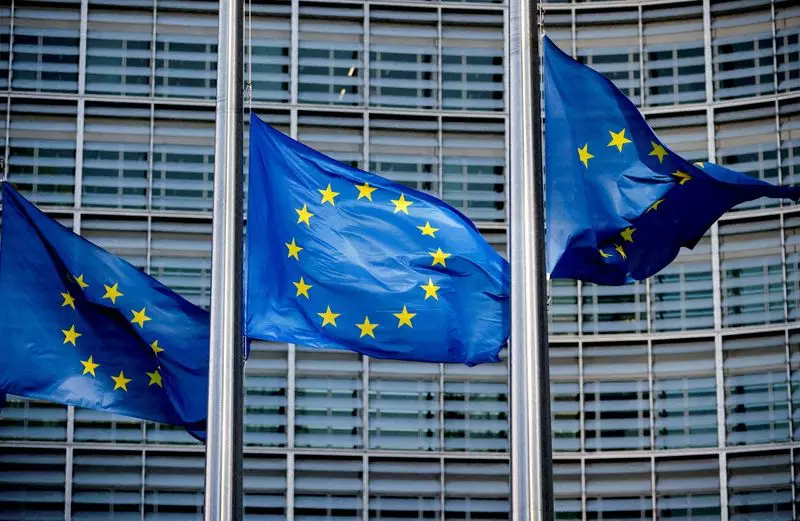As the European Union (EU) grapples with the dual challenges of advancing technological innovation while mitigating climate change, a resounding message is emanating from EU finance ministers: the future of Europe’s financial landscape hinges significantly on private investment. The underlying assertion that public funds should act merely as a catalyst for leveraging private capital underscores a pivotal shift towards a more market-driven approach to Europe’s investment strategies. The pressing need for substantial annual investments, estimated at an eye-watering €800 billion—roughly 5% of the EU’s GDP—suggests that traditional funding mechanisms may no longer suffice.
The recent draft statements from the Ministers reflect a stark realization: public finances are no longer in a position to shoulder the full burden of the needed investments. Following the financial strains amplified by crises such as the COVID-19 pandemic, EU countries face mounting fiscal challenges that necessitate a creative and collaborative framework for funding. The assertion emphasizes that while private capital is paramount, public financing retains its own relevance, particularly in creating an environment conducive for private investments to flourish.
Leveraging capital becomes a keyword here—a concept fundamentally rooted in sharing risk. By utilizing a limited reserve of public funds to absorb the most hazardous elements of investment projects, the EU can essentially create an incentive structure for private investors to engage with the comparatively safe and lucrative facets of these initiatives. This model not only encourages broader participation from private entities but also aligns with the overarching goal of enhancing economic resilience.
The focus shifted towards sectors that underscore joint benefits is emblematic of Europe’s overarching ambition of unity and cooperation. Investments in cross-border infrastructures like electricity grids exemplify this ideal. Such initiatives not only aim to stabilize energy prices but also promise to lower fiscal pressures on member states, effectively diminishing the reliance on government subsidies in favor of a more sustainable economic model.
The ministers’ recognition of these infrastructures as public goods indicates a nuanced understanding of how investment can serve both national interests and the collective benefit of the Union. Strengthening the European energy framework would not only enhance competitiveness but also symbolize a united front in addressing the existential threats posed by climate change and energy security.
Despite the clarity of this vision, the landscape is fraught with complications. Individual nations within the EU, such as Germany, demonstrate hesitance towards joint borrowing initiatives. This reluctance stems from previous experiences, notably the increased debt levels incurred during the pandemic response. Yet, without a cooperative spirit towards shared financing strategies, the ambitious goals set forth by EU leaders risk being relegated to mere aspirations rather than actionable commitments.
The upcoming EU summit in Budapest stands as a critical juncture for these discussions, presenting a platform for leaders to solidify their stance on competitiveness in a global context dominated by the technological prowess of the United States and China. An effective declaration could not only set the tone for future collaborations but also galvanize commitment from both public and private sectors to mobilize the necessary investments required for sustainable growth and innovation.
Looking Ahead: Transitioning Toward Sustainability
Europe’s quest for a sustainable and digitally advanced economy is laden with challenges, yet it also brims with potential opportunities for growth and transformation. The strategic leveraging of private investment, coupled with targeted public financing, holds the promise of weaving a resilient financial fabric that can withstand economic fluctuations while pivoting towards environmental sustainability.
As Europe positions itself on this critical path towards a greener and more competitive future, the collective responsibility extends beyond the confines of governance to include active participation from the private sector. By fostering an environment where investment, innovation, and sustainability coalesce, Europe can carve a distinctive niche on the global stage, enhancing its resilience in the face of emerging challenges, while ensuring a sustainable legacy for future generations.

